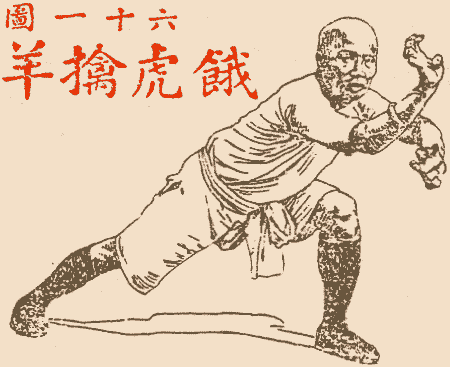Postures are only the tip of the iceberg, the dynamic application that comes from the posture is what you need to remember.
Pak Mei two handed work is along the principle that one hand pins or traps, and the other hand strikes, then they switch jobs and there is another strike.
We also have dual strikes, with both hands striking, or both hands grabbing, and combinations of the two.
Why? I think two strikes are harder to block than one, and since were a pretty grabby style, grabbing with both hands works pretty well. Its not easy stuff to make work, but.
Guangzhou Pak Mei Kung Fu School, Sydney Australia,
Sifu Leung, Yuk Seng
Established 1989, Glebe Australia








 Reply With Quote
Reply With Quote
 Arnold and all the meathead bodybuilders do two arm poses all the time...when did shaolin monks get a hard on for shooting fireballs with two claws?. I'm pretty much just trying to understand general shaolin fitness theory...
Arnold and all the meathead bodybuilders do two arm poses all the time...when did shaolin monks get a hard on for shooting fireballs with two claws?. I'm pretty much just trying to understand general shaolin fitness theory...







